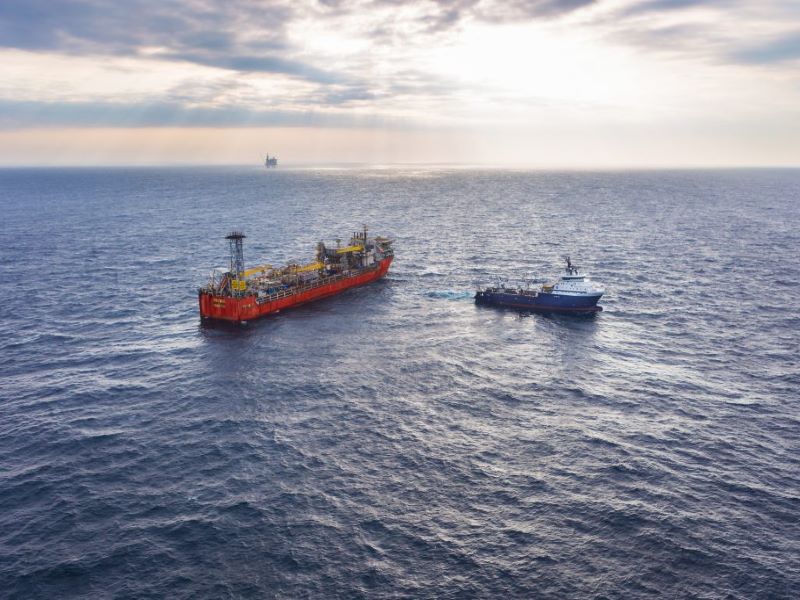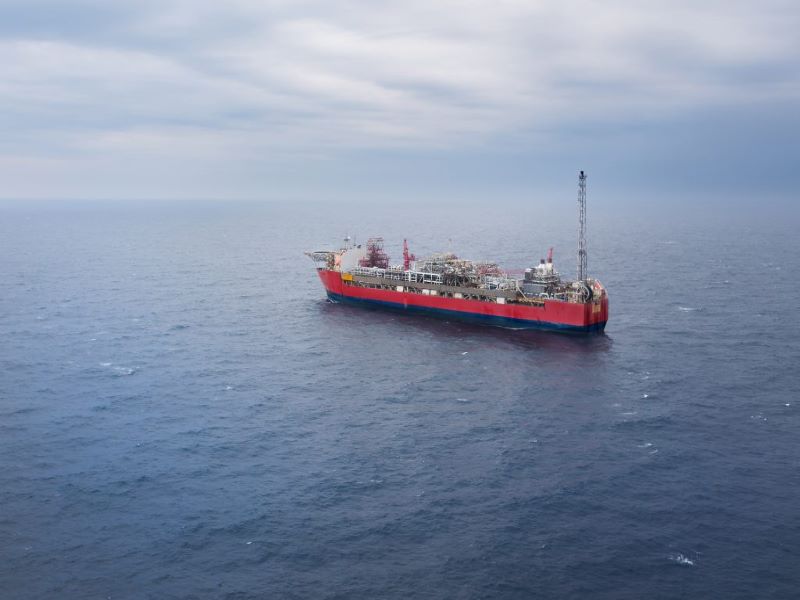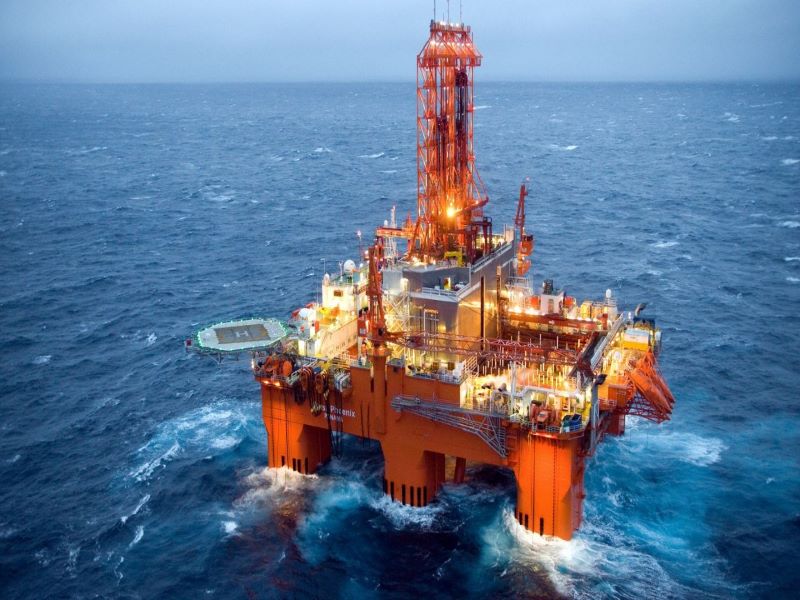The Balder Future Project is being implemented to expand the production life of the Balder oil and gas field located on the Norwegian Continental Shelf (NCS) in the North Sea. It is expected to extend the life of the Balder field until 2045.
The Balder field is operated by Vår Energi, a Norwegian oil and gas company, with 90% interest. The remaining 10% interest is held by Mime Petroleum, another Norwegian firm. Vår Energi is a joint venture between global energy company Eni, which owns 69.85% interest and private equity investor HitecVision, which holds the remaining 30.15%.
The Balder Future Project is estimated to involve an investment of approximately Nkr19.6bn ($2.2bn).
A revised plan for development and operation (PDO) of the Balder field was approved by the Norwegian Ministry of Petroleum and Energy in June 2020, marking the commencement of the field life extension project.
Balder field location and development history
The Balder oil and gas field is located at a water depth of 125m in production licence PL-001 on the Utsira High within the NCS.
The field was discovered in 1967, while the initial PDO was approved in 1996 and production commenced in 1999. The subsea wells of the oil and gas field are tied back to the Balder floating, production, storage, and offloading vessel (FPSO).
The Balder complex also includes the Ringhorne field, which is located in PL-027 and 169E in the North Sea, approximately 9km north of the Balder FPSO. The Ringhorne field infrastructure includes an integrated drilling, wellhead and accommodation facility, which is tied back to the Balder FPSO and Jotun FPSO for the processing and storage of crude oil and export of gas.
Balder and Ringhorne reservoirs
The Balder and Ringhorne fields produce oil from Jurassic, Paleocene, and Eocene-era sandstone deposits. The Balder reservoir, which lies at a depth of 1,700m, produces from the Heimdal and Hermod formations as well as the injected sand complex above them.
Situated at a depth of 1,900m, the Ringhorne reservoir produces from the Ty, Hugin and Hermod formations.
Balder Future Project details
The Balder Future Project is a sub-project of the larger Balder X Project, which also includes the Ringhorne phase four project that involves the continuation of the ongoing drilling activities, and the drilling campaigns under phases three and four.
The Balder Future Project involves the drilling of 13 new production wells and a new water injection well on the Balder field. The West Phoenix drillship was engaged for the drilling campaign, which is expected to continue until the third quarter (Q3) of 2023. The project aims to recover an additional 136 million barrels of oil equivalent (Mboe) from the field.
The life of the Jotun FPSO is being extended as part of the project. The vessel was taken ashore in June 2020 and moved to dry dock at Rosenberg Worley’s yard in Stavanger, Norway, to perform upgrade works. The FPSO’s turret, process equipment, hulls, pipes, marine systems, accommodation facilities and control and security systems are being overhauled.
The upgraded Jotun FPSO will be re-installed between the Ringhorne platform and the Balder FPSO in the third quarter of 2022.
Contractors involved
The engineering, procurement, construction, and installation (EPCI) contract to upgrade and modify the Jotun FPSO was awarded to Norwegian engineering and construction company Rosenberg Worley.
The EPCI of the subsea production systems, umbilicals, flowlines, and risers for the Jotun FPSO is being executed by engineering companies Baker Hughes and Ocean Installer.
Seadrill Norway Operations received a rig contract for the drilling of the production and water injection wells in December 2019.
Offshore technology and services provider 4Subsea received a three-year service contract to monitor the West Phoenix rig and analyse wellhead integrity to support the drilling and completion operations of the Balder Future project in June 2021.






